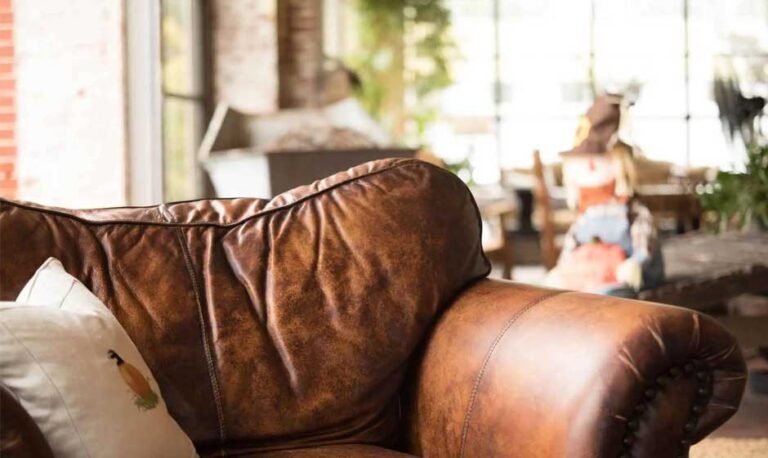Choosing between synthetic leather and genuine leather for furniture can be tricky. Both materials have benefits and drawbacks, depending on your budget, lifestyle, and personal preference. Understanding their durability, maintenance, environmental impact, and comfort can help you make the best decision for your home.
Durability and Longevity
Genuine leather is known for its durability and can last for decades if properly maintained. It develops a rich patina over time, adding character and depth to furniture. However, it is prone to scratches and can dry out or crack if not conditioned regularly.
Synthetic leather, also called faux or PU leather, is more resistant to wear and tear in some cases. It does not crack as easily as genuine leather but can peel or flake over time, especially with heavy use. While synthetic leather may not last as long as real leather, high-quality versions can still provide years of durability at a lower cost.
Maintenance and Cleaning
Genuine leather requires regular care to maintain its appearance and prevent damage. It needs conditioning to keep it from drying out and should be cleaned with specialized leather products. Spills can stain quickly, making it less ideal for households with kids or pets.
Synthetic leather, on the other hand, is easier to maintain. It can be wiped clean with a damp cloth and does not require conditioning. It resists stains better than real leather, making it a popular choice for people who want low-maintenance furniture. However, it is more sensitive to heat and can become brittle if exposed to direct sunlight for long periods.
Environmental Impact
Genuine leather is a natural product, but its production involves animal farming and chemical tanning processes, which have environmental consequences. Some leather manufacturers use eco-friendly tanning methods, but traditional leather production still contributes to deforestation and water pollution.
Synthetic leather, while animal-friendly, is made from plastic-based materials such as polyurethane and polyvinyl chloride. These materials are derived from fossil fuels and take a long time to break down in landfills. Though some brands are developing eco-conscious alternatives, both materials have their environmental trade-offs.
Comfort and Aesthetic Appeal
Genuine leather offers a luxurious feel, breathability, and a unique texture that synthetic leather cannot fully replicate. It adjusts to body temperature and becomes softer over time.
Synthetic leather, while available in a variety of textures and colors, often lacks the depth and richness of real leather. It can feel sticky in hot weather and does not have the same natural scent. However, modern synthetic leather has improved in texture and appearance, making it a good alternative for those seeking a sleek and uniform look.
Conclusion
Both synthetic and genuine leather have their pros and cons when it comes to furniture. Genuine leather excels in durability, comfort, and aesthetics but requires more maintenance and comes at a higher cost. Synthetic leather is affordable, easier to clean, and available in many styles, but it may not last as long. The best choice depends on your budget, lifestyle, and priorities.


